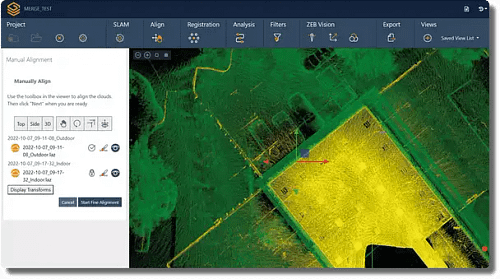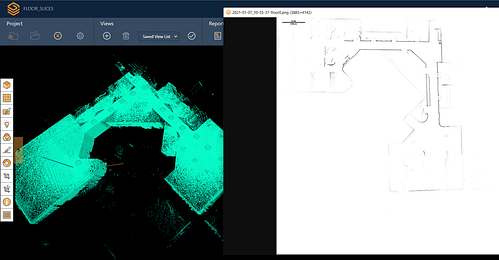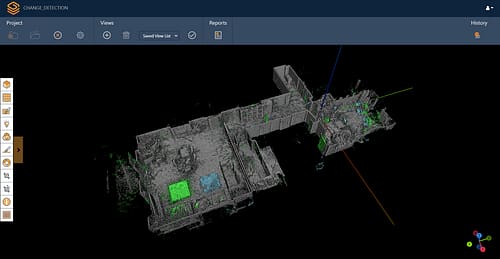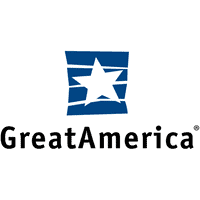The threat of flooding has become more prominent for coastal cities and centres as sea levels continue to rise. To mitigate the risk to these areas, research by the UrbanArk project intends to improve the resilience and preparedness of urban centres and communities. The project focuses on underground spaces including car parks, storage areas and public facilities, as priority risk areas during a flood. Typically, these underground areas are not considered in flood models, which makes UrbanArk’s work even more important. To gain a better understanding of these spaces and how best to prepare them for risk, UrbanArk aims to create flood inundation models. The models track the severity and rate of the flood as well as the path that the water will travel as the flood occurs.
Research for UrbanArk’s project took place across three universities: Queen’s University Belfast, University College Dublin, and New York University. Dr. Aaron Miller completed his PhD thesis as part of this project at Queen’s University. His goal was to focus on the collection and analysis of required data ahead of the model’s creation. In Belfast specifically, there is a considerable amount of subsurface parking and below-grade office space, which Dr. Miller also planned to scan from street level.
Comparing different methods of LiDAR scanning
For his thesis, Dr. Miller analysed the benefits of handheld LiDAR for mapping underground spaces in Belfast. In particular, he aimed to survey basements as well as the streets of Belfast to assess where basements and underground spaces may exist. When deciding on the methodology for his thesis, Dr. Miller compared multiple LiDAR data collection methods. This included reviewing previously collected data of an area of Belfast, using the FARO Focus.
Whilst static data was more accurate, UrbanARK’s project required a scanning method that was cost-efficient, repeatable and specifically capable of capturing street-level and underground, as well as transitioning easily. Furthermore, as the project specialised in underground spaces and the surrounding narrow streets of Belfast, they required a versatile scanner to capture these hard-to-access areas.
Scanning Belfast city centre with the ZEB Horizon
Consequently, Dr. Miller opted to use GeoSLAM’s ZEB Horizon as its maneuverability and speed of capture were invaluable for his work. During his comparison, the ZEB Horizon had high enough accuracy for the needs of his thesis and UrbanARK’s project.
Dr. Miller’s data collection spanned a 1 km2 area around Belfast, split into several blocks, which covered most of the city centre. He scanned each block separately, georeferencing and merging them into one final point cloud. Dr. Miller georeferenced by identifying features within the point cloud and matching them to their real-life location. These areas in Belfast include tight passageways and streets, which the ZEB Horizon’s handheld capabilities provided easy and quick access with little disruption. Additionally, the speed of capture of the ZEB Horizon meant data collection was efficient, with 50 scans carried out, lasting 7-15 minutes each.
Georeferencing the data was vital for UrbanArk as it means they can scan certain blocks again, as often as required and merge the new data into the existing point cloud. The repeatability of the scans allows for updated information as the environment inevitably changes over time.
Understanding flood patterns with GeoSLAM data
Dr. Miller used GeoSLAM software to process the ZEB Horizon data and merge the individual datasets into one coherent point cloud. He also used third-party software, Cloud Compare, to analyse the point cloud and collect the required data.
With this data, UrbanArk calculates information on potential flood heights and rates to share as 2D maps and VR walkthroughs within communities. Educating communities contributes to UrbanArk’s aim to increase the resilience and preparedness of urban centres in the event of a flood.
Dr. Miller also explored the volumes of basements and parking lots to understand the amount of water they would hold in the event of a flood. Additionally, the inclusion of underground spaces and small street features have proven to impact the inundation rates and floodwater flow within the output flood models.
The GeoSLAM ZEB Horizon proved itself to be an efficient tool for urban mapping, due to its combination of manoeuvrability and accuracy. The user-friendly nature of the scanner promotes widespread use, from novice to expert level surveyors.
To find out more about UrbanArk and their project, visit: A Joint Research Project under the US-Ireland Research and Development Programme (urbanark-project.org)
This work was supported by a research grant from the Department for the Economy Northern Ireland under the US-Ireland R&R Partnership Programme.



















